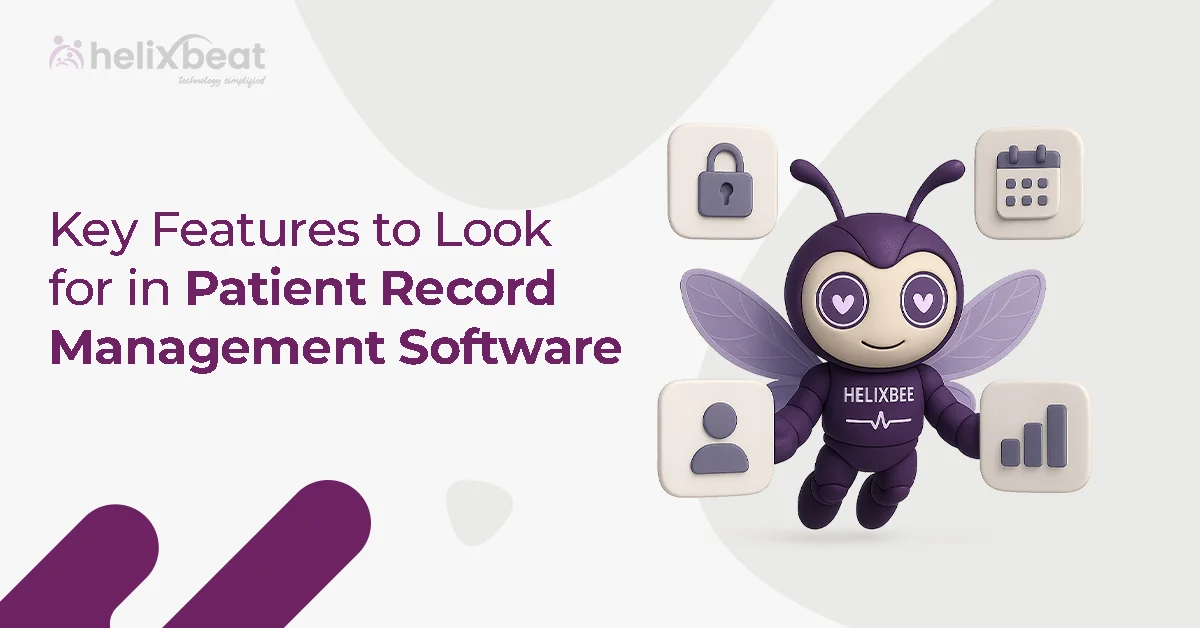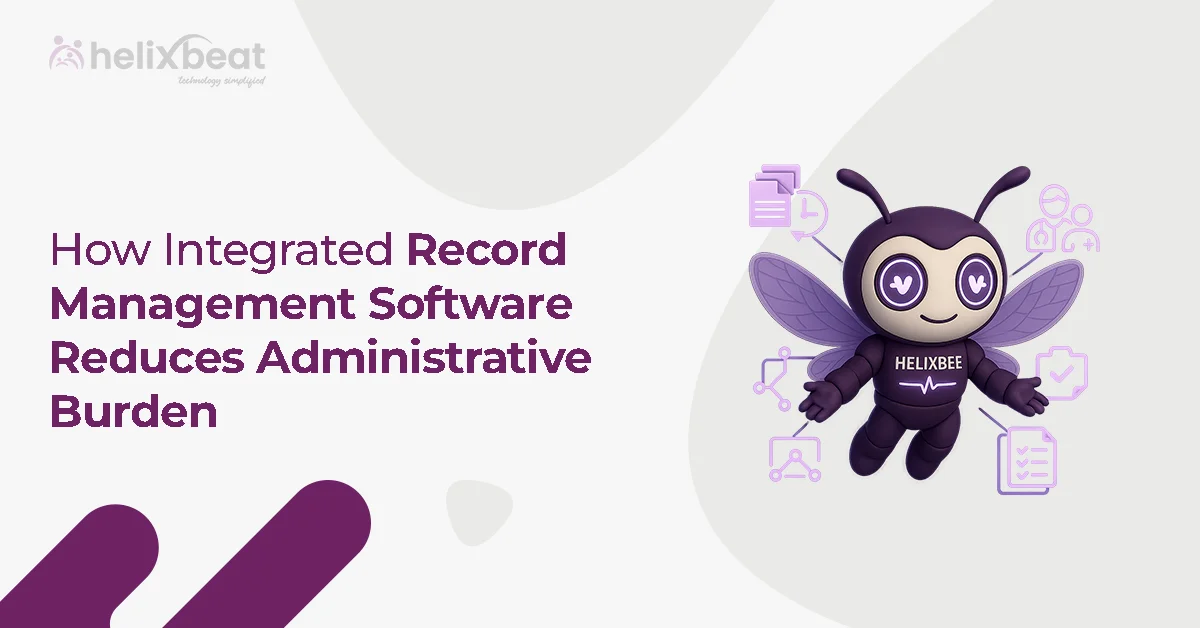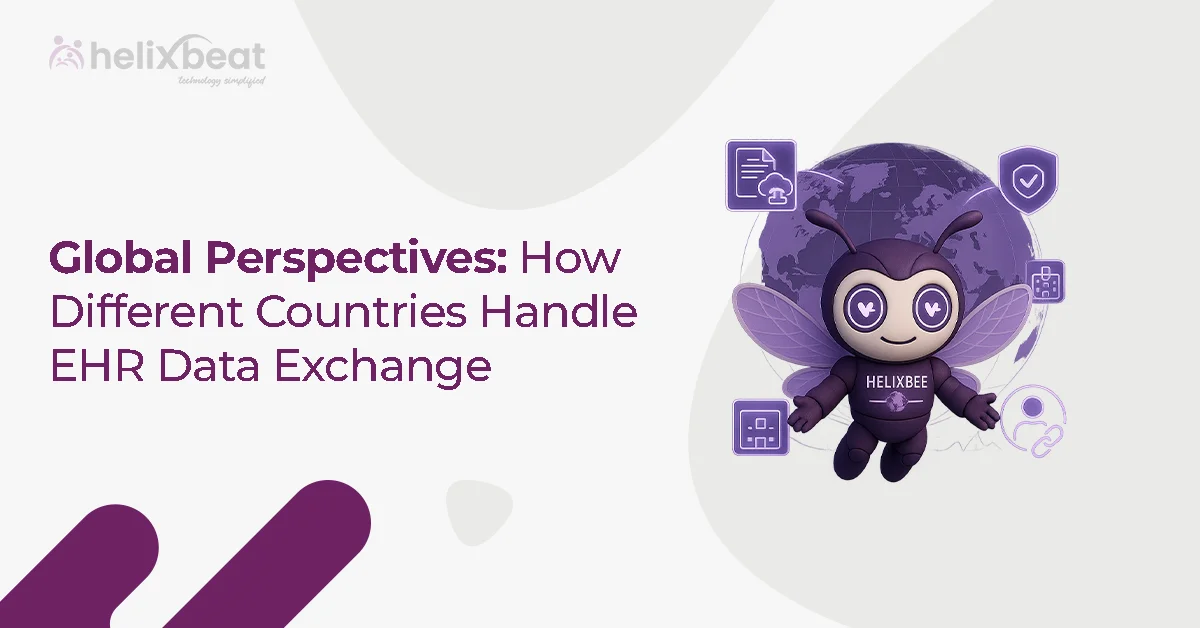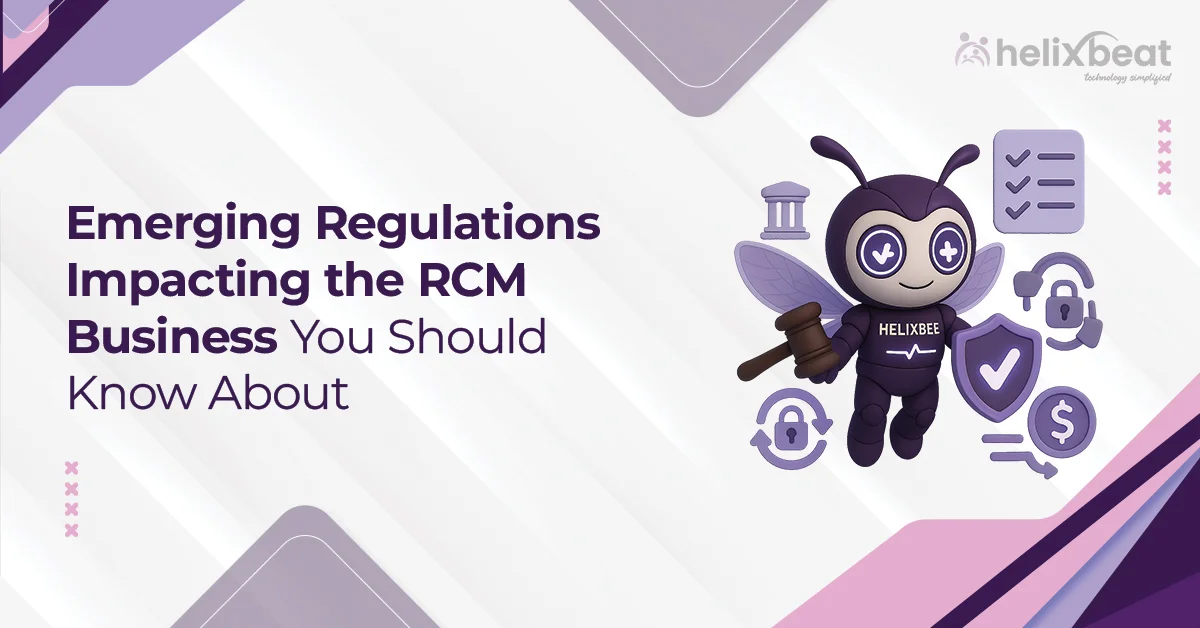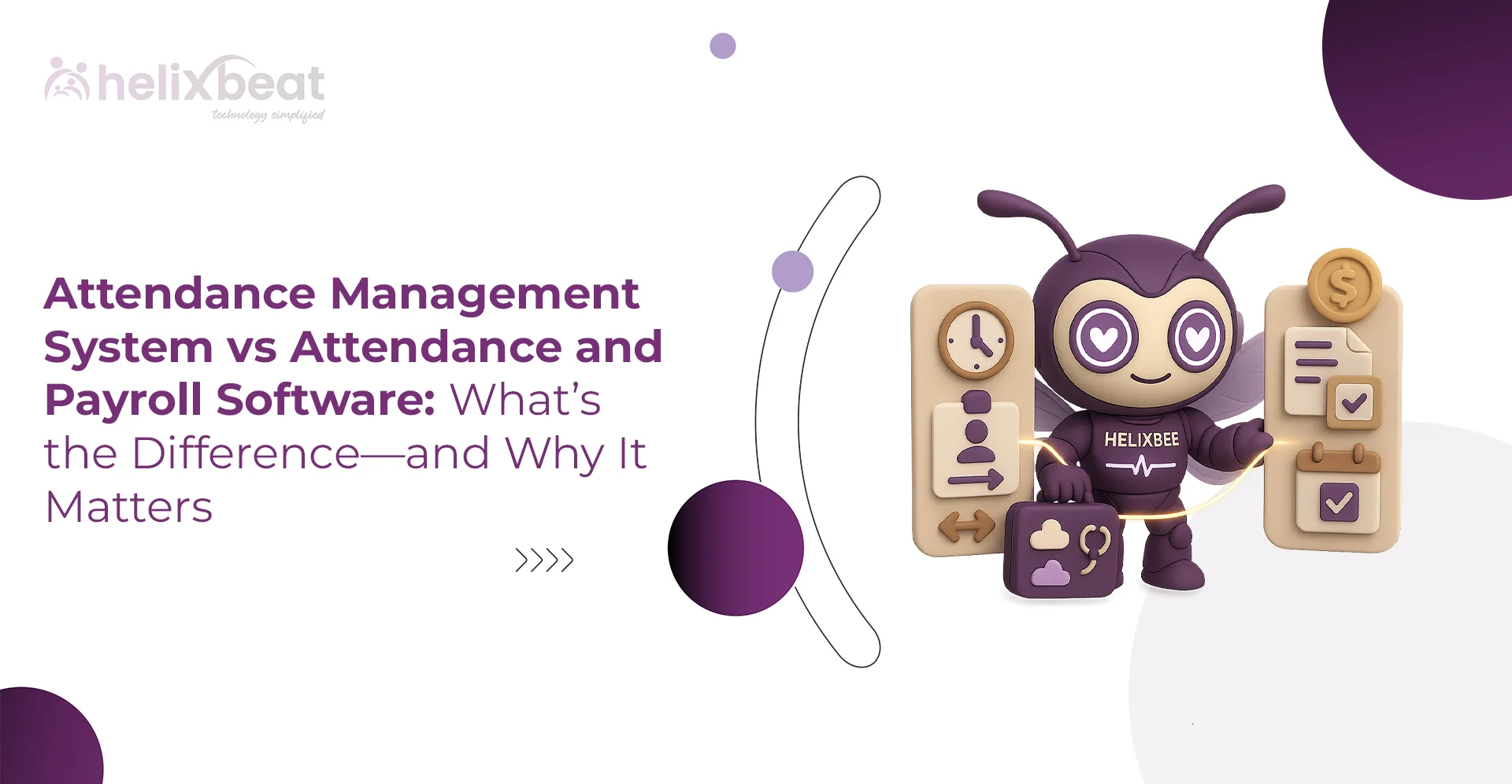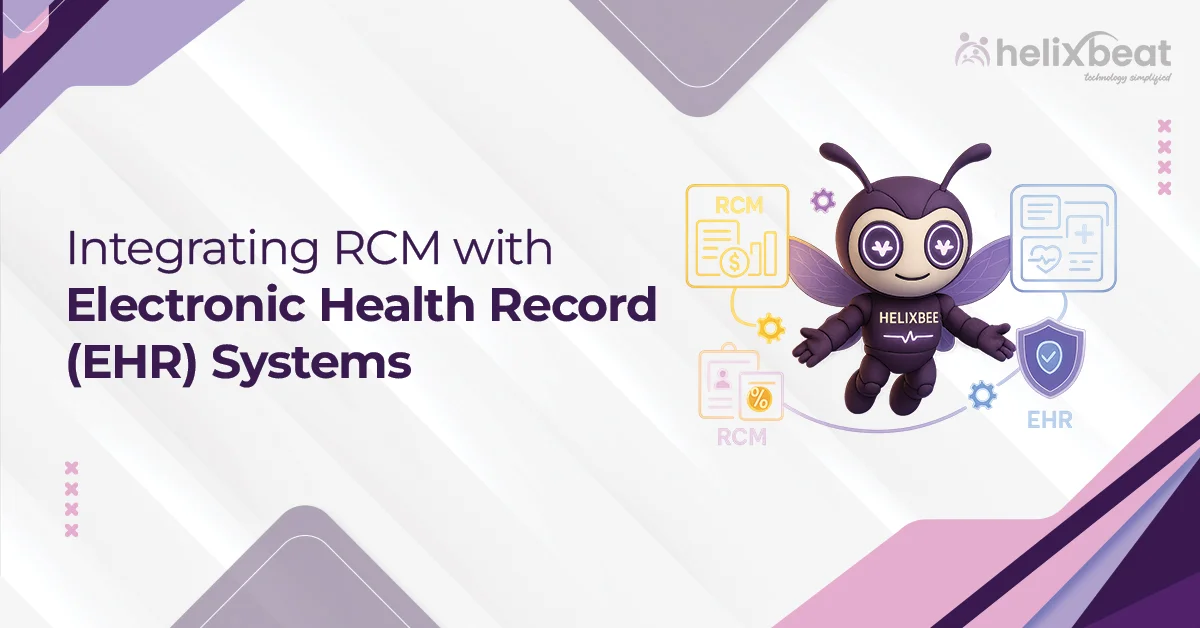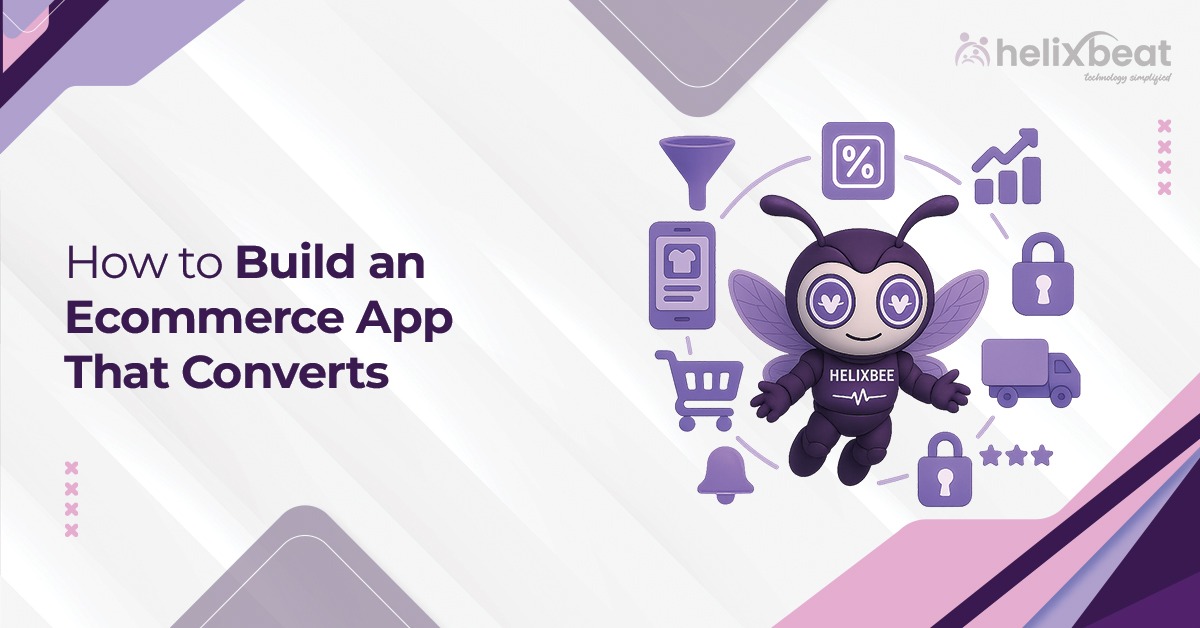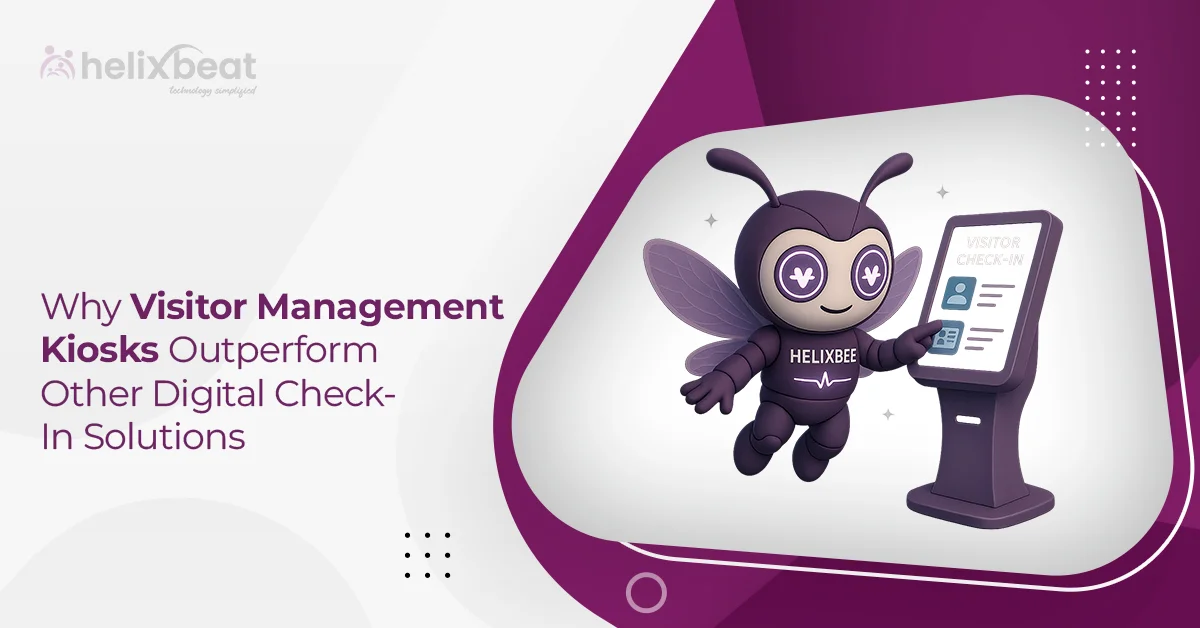In healthcare, patient record management software helps manage patient data efficiently and improves care delivery. A sound patient record system allows healthcare providers to securely store, access, and manage patient information in real-time. This leads to better care and increases operational efficiency.
By centralizing patient records, these systems reduce administrative burdens, enhance communication among care teams, and provide real-time insights into patient conditions. This leads to better decision-making and improved health outcomes. As healthcare systems increasingly adopt digital solutions, patient record management software is crucial for modernizing workflows, enhancing patient satisfaction, and promoting a more coordinated care environment.

Table of Contents
What is Patient Record Management Software?
Patient record management software is a digital system that enables healthcare providers to store, access, and manage patient data effectively. It replaces traditional paper records with an organized, secure, and efficient digital format. These systems enable real-time updates, seamless sharing, and integration of patient information across various departments and healthcare providers, ensuring more effective coordination of care.
At HelixBeat, we understand the challenges healthcare providers face with traditional paper records. That’s why our patient record management software is designed to revolutionize the way you store, access, and manage patient data.
The software typically includes features such as appointment scheduling, patient history tracking, medication management, and clinical notes, all stored in a single, central location for easy access by healthcare professionals.
Request a Demo of HelixBeat EHR System →
Key Features to Look for in Patient Record Management Software
When choosing patient record management software, it’s crucial to ensure it has the following features:
1. Centralized Patient Data Management
- A robust system that stores patient data in a centralized, secure location, accessible to all relevant healthcare providers.
- Example: PULSE by HelixBeat offers a unified platform for managing medical histories, test results, and prescriptions, ensuring a seamless healthcare experience.
2. Data Security and HIPAA Compliance
- Ensure the software complies with HIPAA and other regulations to protect patient data and maintain confidentiality.
- Features such as encryption, role-based access control, and audit trails are vital for security.
3. Real-Time Data Access and Sharing
- Real-time access to patient records for healthcare providers enhances the quality and speed of decision-making, improving care outcomes.
- PULSE by HelixBeat integrates with other healthcare systems to facilitate real-time data exchange across platforms.
4. Appointment Scheduling and Reminders
- A built-in scheduling system that sends automatic reminders to patients and providers to reduce missed appointments and improve care continuity.
5. Automated Alerts and Notifications
- Automated notifications help alert providers about critical health changes, medication refills, and upcoming appointments, ensuring timely interventions.
6. Patient Portal Access
- Allows patients to access their records, schedule appointments, and communicate with their healthcare providers, enhancing patient engagement in healthcare.
7. Reporting and Analytics
- Provides insights into patient data and healthcare trends, enabling providers to make data-driven decisions that improve care.
8. Integration with Other Systems
- A seamless integration with other systems, such as practice management systems (PMS), electronic health records (EHR), and laboratory management systems, to streamline operations.
What Features Should Be Present in a Hospital Management System?
In addition to the core features of patient record management software, a hospital management system (HMS) should include:
Integrated Billing and Payment Systems
- Manage patient invoices, payments, and insurance claims seamlessly.
Staff and Inventory Management
- Track staff schedules, hospital resources, and inventory, ensuring operational efficiency.
Real-Time Reporting and Analytics
- Analyze hospital performance, patient outcomes, and operational efficiency to optimize hospital management.
The Role of Patient Software Management in Patient Management
Patient software management plays a key role in streamlining patient care and communication. By managing patient data efficiently, it:
- Improves patient engagement by providing timely reminders and educational resources.
- Reduces administrative burden, allowing healthcare providers to focus on delivering care.
- Enhances patient satisfaction by offering easy access to personal health information through patient portals.
The Benefits of Implementing a Patient Record Management System
Implementing a patient record management system offers numerous advantages that directly improve healthcare operations and patient outcomes. Here are the key benefits:
1. Improved Efficiency
- Automated Data Management: A patient record management system automates many administrative tasks, such as data entry, patient tracking, and appointment scheduling. This reduces the time spent on manual processes, enabling healthcare staff to focus more on patient care and less on administrative work.
- Faster Access to Information: With centralized, digital records, healthcare providers can instantly retrieve patient data, reducing delays in care delivery and improving workflow efficiency.
2. Better Patient Care
- Real-Time, Accurate Data: Patient record management systems ensure that patient information is updated in real-time, allowing healthcare providers to access the latest data at any point. This enables informed decision-making, resulting in more personalized and accurate treatment plans.
- Enhanced Decision-Making: With comprehensive patient histories, lab results, and treatment notes all available in one place, doctors can make quicker and more informed decisions, leading to improved care outcomes.
3. Enhanced Compliance
- Regulatory Adherence: Healthcare organizations must comply with industry regulations, such as HIPAA and other relevant privacy laws. Patient record management software helps ensure that sensitive patient information is stored securely, with encryption and access controls in place to prevent unauthorized access.
- Audit Trails: Most systems offer audit trail features, allowing organizations to track patient records, ensuring transparency, and helping maintain compliance during audits.
What’s Next?
As healthcare continues to evolve, patient record management software will play an increasingly important role in improving patient care and operational efficiency. By adopting the right patient record management system, healthcare providers can ensure smoother operations, better patient outcomes, and enhanced patient engagement.
With solutions like PULSE by HelixBeat, healthcare organizations are well-equipped to meet the future of healthcare technology. Start improving your patient record management system today.
Start Building Your Healthcare Solution with HelixBeat
FAQs
- What is Patient Record Management Software?
Patient record management software is a digital solution designed to manage and store patient data, allowing healthcare providers to access and update records efficiently and securely.
- How does Patient Record Management Software improve patient care?
Patient record management software enables healthcare providers to access real-time, accurate data, leading to better decision-making, fewer errors, and improved patient outcomes.
- What are the key features of a Patient Record Management System?
Key features include real-time data updates, secure data storage, patient portals, appointment scheduling, and compliance with industry regulations like HIPAA.
- What are the benefits of using Patient Record Management Software?
The benefits include improved efficiency, better patient care, enhanced compliance, and cost savings by automating administrative tasks and ensuring timely data access.
- What role does Patient Software Management play in healthcare?
Patient software management improves patient engagement by offering patients easier access to their health data, improving communication, and encouraging active participation in care.
- How does Electronic Health Record (EHR) integration work with Patient Record Management Systems?
EHR systems are a key part of patient record management systems, ensuring that patient data is accessible in real time, improving care coordination between multiple healthcare providers.
- How does Patient Record Management Software help in regulatory compliance?
Patient record management systems ensure that healthcare providers comply with regulations like HIPAA by securing patient data with encryption, access controls, and audit trails.
- What features should be present in a Hospital Management System for better patient care?
A hospital management system should include patient record management, billing systems, appointment scheduling, inventory management, and tools for improving patient care coordination.
- What are the key differences between a Clinic Management System and a Patient Record Management System?
While a clinic management system handles administrative tasks like patient appointments, a patient record management system focuses on storing, updating, and managing patient data securely.
- What is the impact of Health Information Exchange (HIE) on Patient Record Management Systems?
Health Information Exchange (HIE) allows for the secure sharing of patient records across healthcare systems, improving care coordination, and providing a holistic view of the patient’s health.
- How does Patient Engagement Software enhance patient record management?
Patient engagement software integrates with patient record management systems to provide patients with easy access to their medical records, making it easier to manage appointments, prescriptions, and health updates.
- Why should healthcare providers adopt a Patient Record Management System?
Patient record management systems help healthcare providers streamline operations, reduce errors, improve patient care, ensure regulatory compliance, and enhance overall efficiency in managing patient information.



